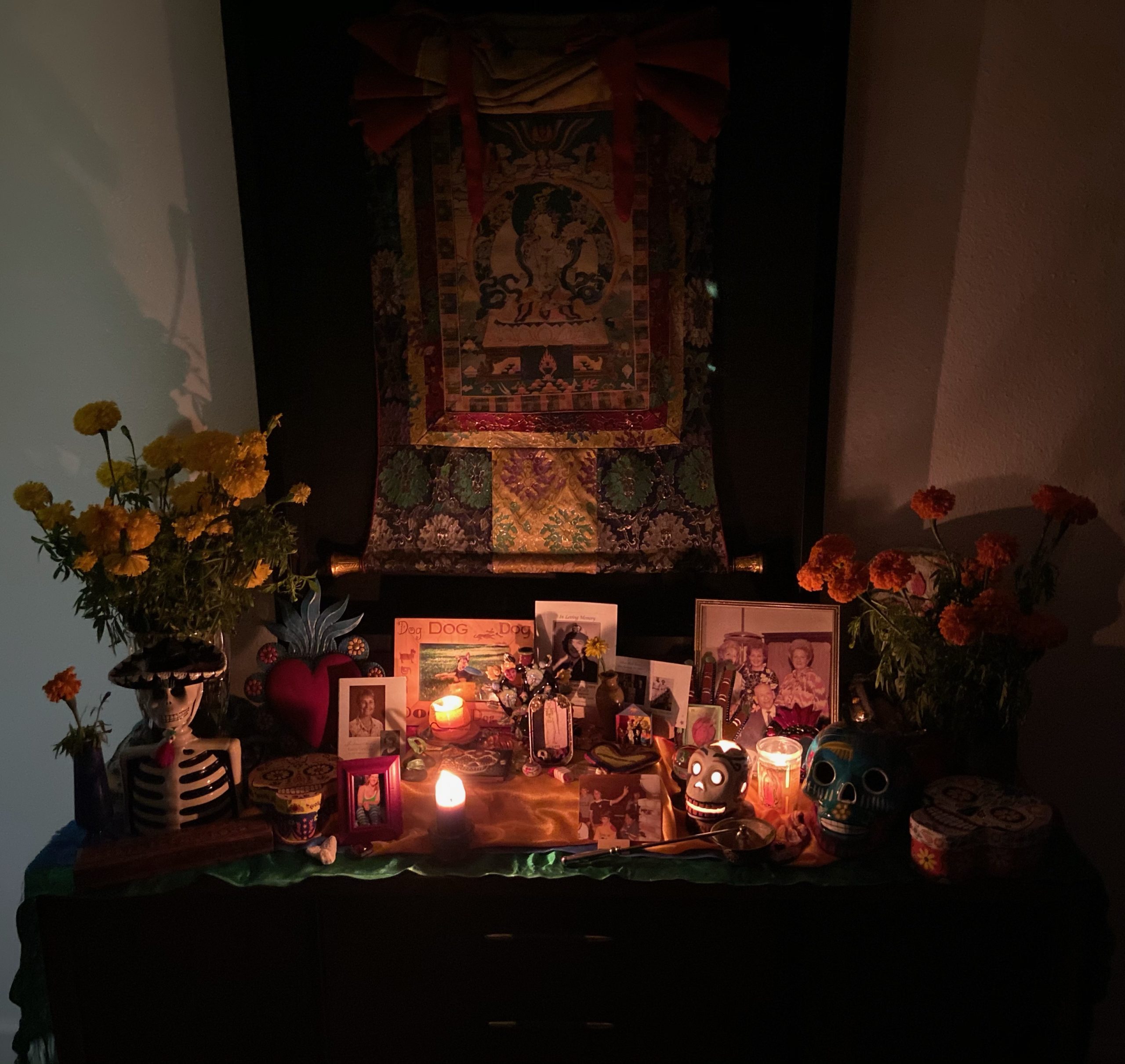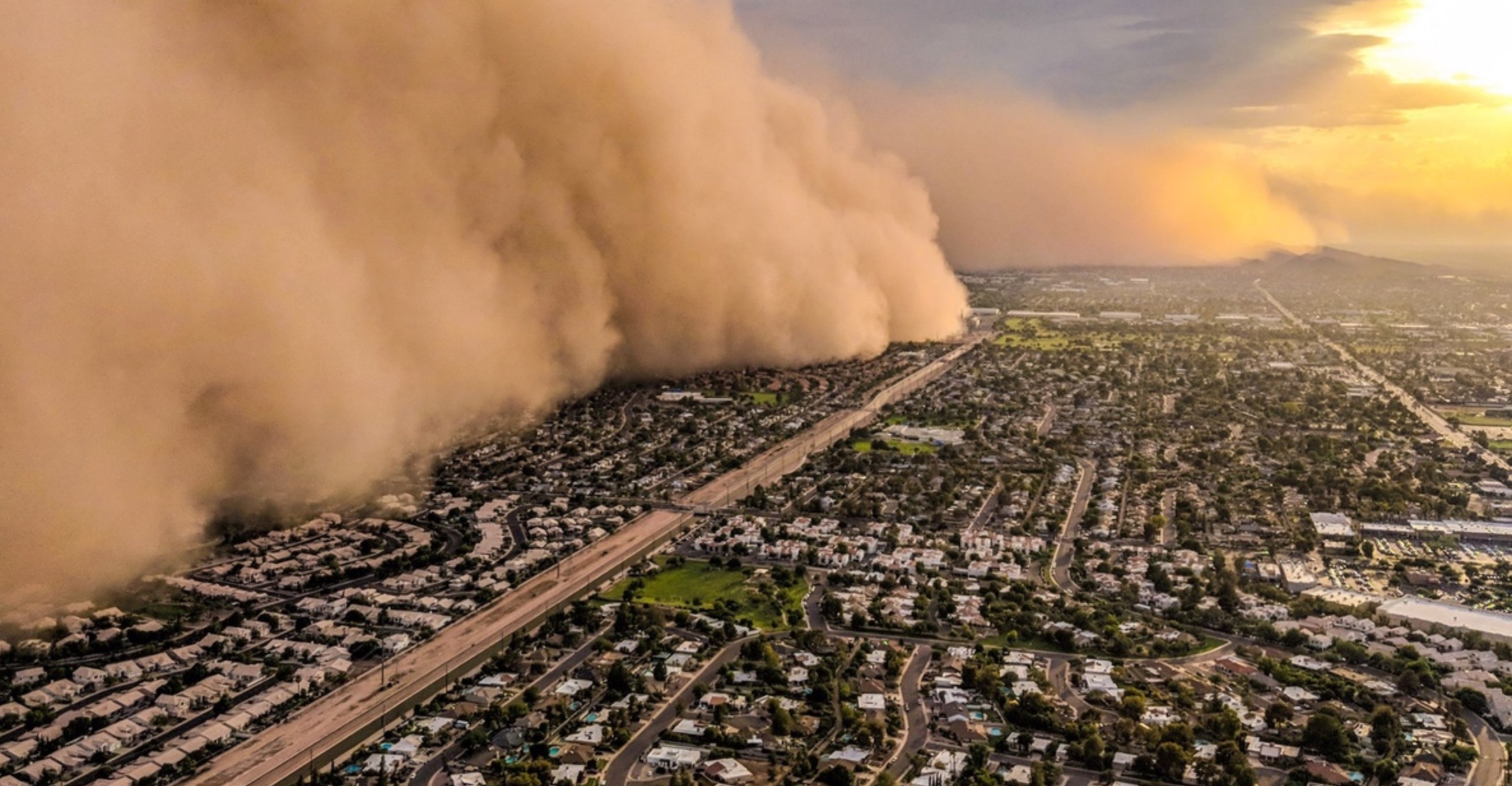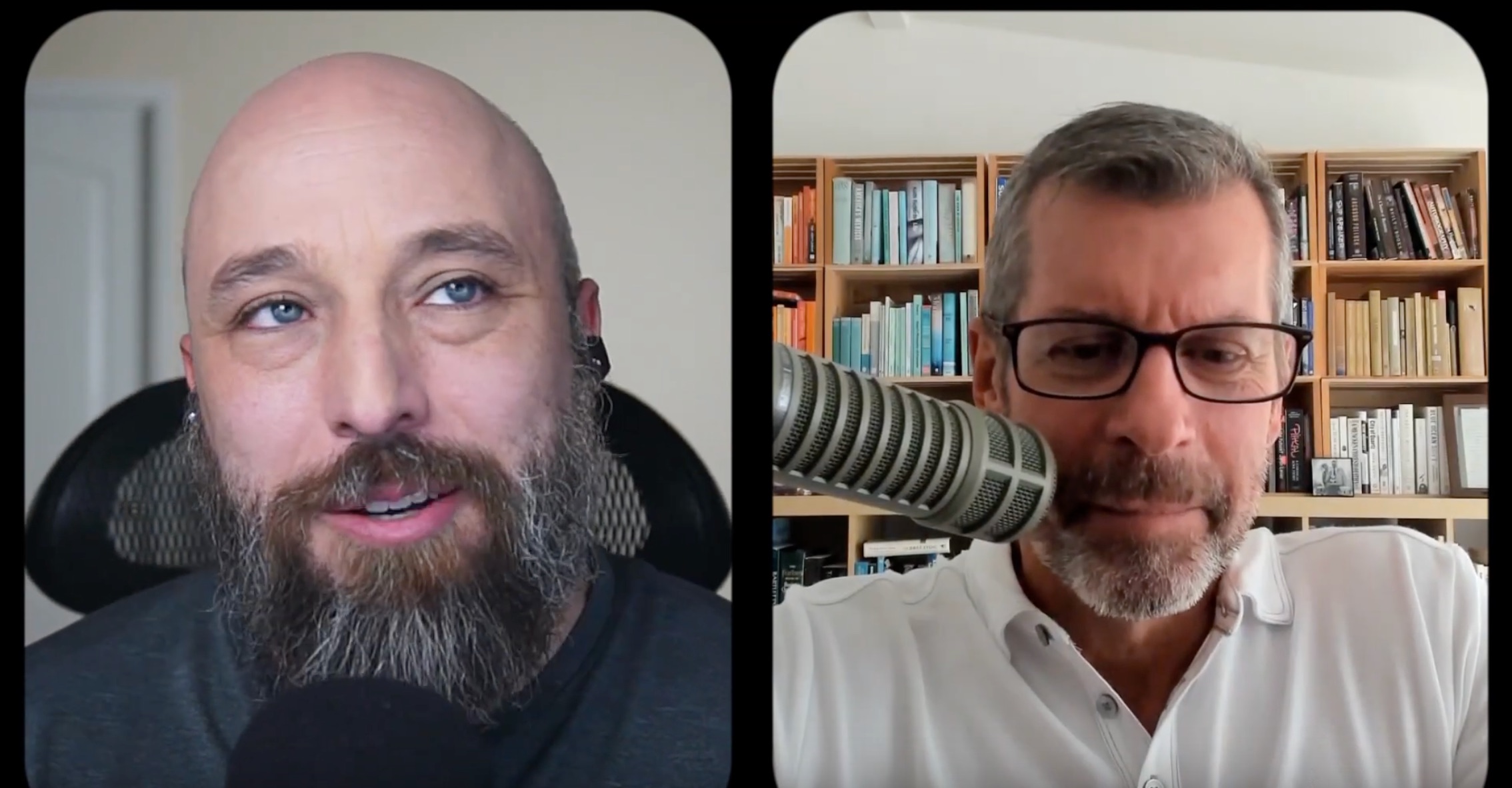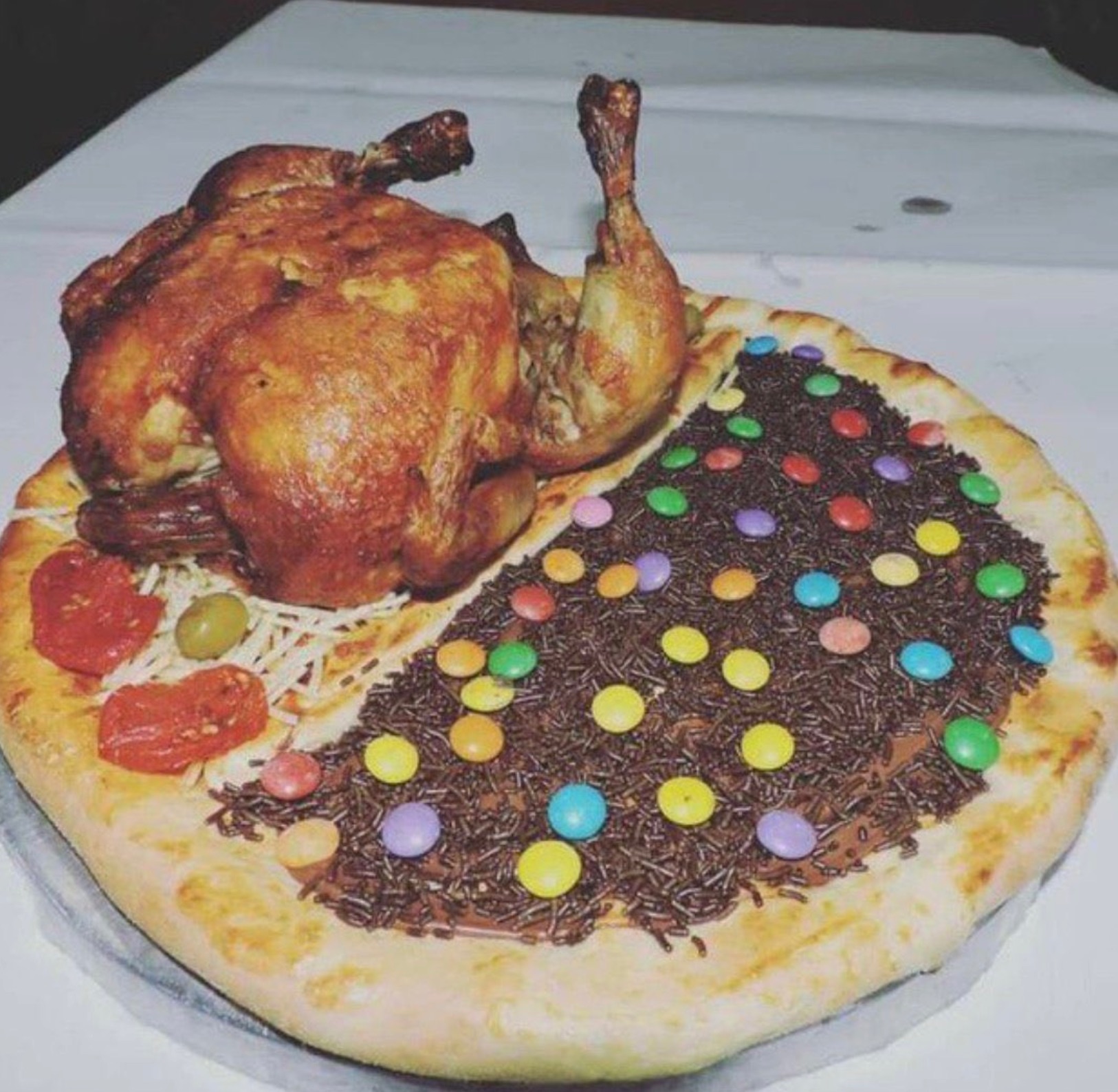Month: October 2022
-

technology that brings learning back to the living
Every reference I can find for the etymology of the word technology has to do with, “art, skill, or craft.” Technique comes from the same root. Any system of making or doing requires qualities such as dedication, skill, and patience. Technique/technology is all about purpose and cleverness. Tools and computers are sometimes included, but not…
-

a wall of wind and dust
Anyone who thinks that Southern California doesn’t have seasons either hasn’t spent enough time here or just isn’t paying attention. The difference in the fall air is palpable. It feels thinner, crisper. The morning after a rain, Los Angeles shines in dazzling technicolor. But these days even subtle, routine climate changes carry dangerous implications. Last…
-

i see you: retrospective on visual storytelling with dan bennett
I’m always fascinated by the ways in which people tell stories, especially when they use an art form to connect with their audience. A few months back I was lucky enough to meet Dan Bennett, the Antipreneur. Dan’s background is in engineering (!) and video production, and he is a master at helping people translate…
-

the feed
How exactly do we become us? “Watch your thoughts, they become your beliefs. Watch your beliefs, they become your words. Watch your words, they become your actions. Watch your actions, they become your habits. Watch your habits, they become your character.” – Vince Lombardi We don’t do it alone. Other people give us models, ideas,…